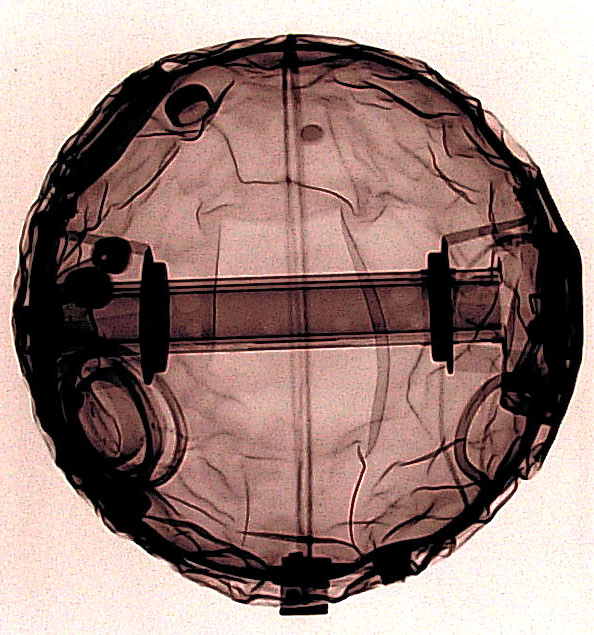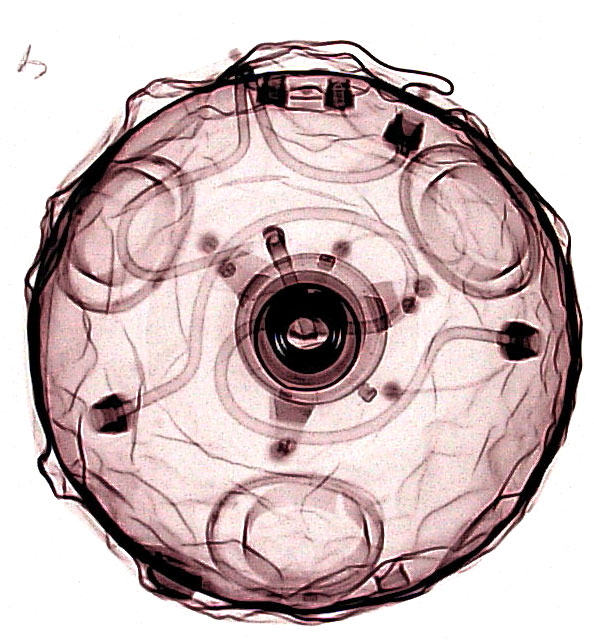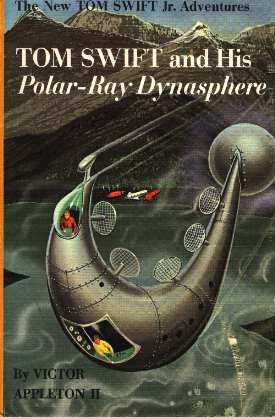Originally posted by Jbignes5
View Post
For example, with a resistive load, you may have a time constant of 1 second. This means in 5 seconds you would have moved 99 percent of the available movable charge.
However within the first second 63% of the charge is moved. During the remaining 4 seconds only 36% of charge moves. Therefore, your time constants might dictate an operational frequency of X, but in reality you will accomplish more work per unit time if you reduce your frequency 80% or 1/5th of what it was.
Frequency also must be taken into consideration with respect to how fast you can switch the capacitance. if you can only do it a few thousand times per second, and you are in the PicoFarad range, you are not going anywhere fast.
I will perhaps show a video soon showing how to find the ionization time of fluorescent tubes, as this is my frequency limiting factor.







Comment